- Home
- News
- Products Information
- What is ultrafine limestone powder used for?
What is ultrafine limestone powder used for?
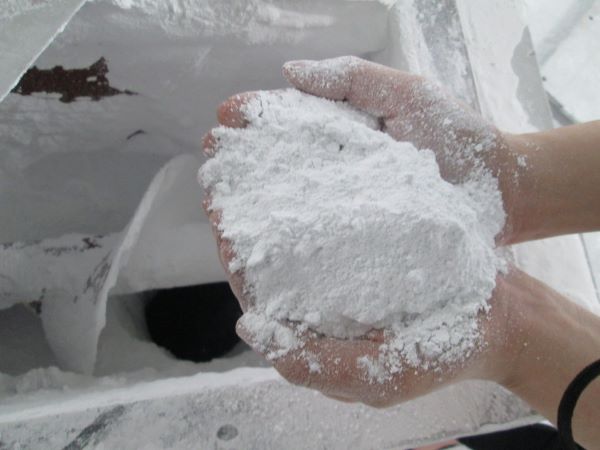
Characteristics of ultrafine limestone powder
Ultrafine limestone powder is a type of limestone powder with extremely small particle size, usually below 100 microns, and is ground from natural limestone. Its outstanding characteristics are high fineness, bright whiteness, and a CaCO₃ (calcium carbonate) content typically very high, often 96% or more, depending on the application.
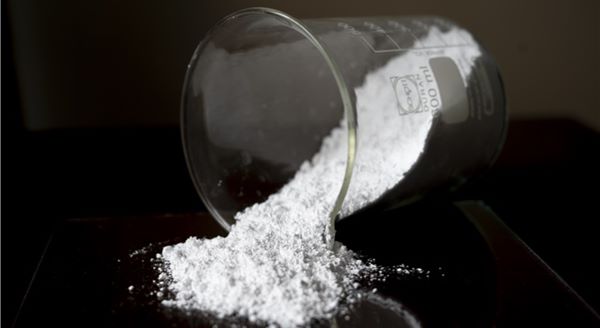
The characteristics of ultrafine limestone powder
- Ultra-fine particle size: The particles are usually below 100 microns, with some as small as a few microns, allowing easy dispersion and blending into other products.
- High whiteness: Ultrafine limestone powder has high whiteness, typically 96–98%, enhancing the brightness and aesthetics of the final product.
- High CaCO₃ content: The main component is calcium carbonate (CaCO₃), usually above 96%, and can reach up to 99%.
- Smooth texture and good dispersibility: These properties make ultrafine limestone powder easy to apply across various industries.
What is ultrafine limestone powder used for?
Ultrafine limestone powder is not only a common raw material but also an essential component in many modern industrial sectors. Depending on the specific characteristics of each industry, this powder is used in a variety of ways, serving roles ranging from filler and additive to an effective binding agent.Applications in the paper industry
The paper production process consumes significant time and cost due to the use of traditional fillers such as clay and kaolin. However, the advent of ultrafine limestone powder has brought a major breakthrough, helping to optimize costs, improve production efficiency, and provide clear benefits for consumers. This powder not only reduces production costs but also enhances paper quality, offering a harmonious whiteness, moderate gloss, and high durability.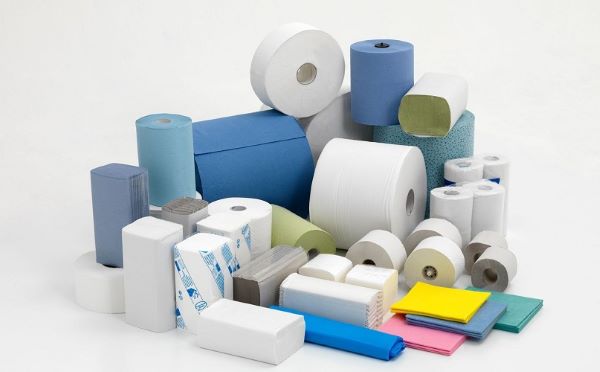
Applications of ultrafine limestone powder in the paper industry
Used as an additive in animal feed
Crushed limestone has high applicability in agriculture. It is not only used to produce fertilizers that help adjust soil pH and promote plant growth, but it also serves as an important additive in animal feed. This product has been proven safe, does not cause toxin accumulation in livestock, and contributes to improving the quality of agricultural produce.Used in construction paints
In the paint industry, ultrafine limestone powder plays a key role as a functional filler, helping to increase coverage, enhance durability, and improve the gloss of the paint layer. With its excellent light-reflecting properties, the powder contributes to a smooth, shiny surface while also increasing resistance to abrasion and harsh weather conditions.
Thanks to these advantages, ultrafine limestone powder is widely used in various types of paints, including water-based paints, oil-based paints, and epoxy coatings, providing high economic efficiency and superior utility for manufacturers
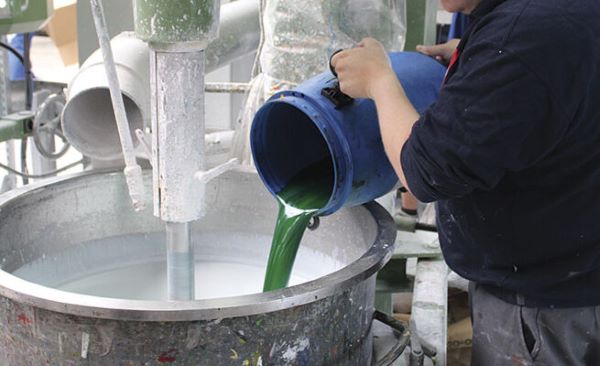
Ultrafine limestone powder used in construction paints
Used as a binder
Ultrafine limestone powder is also used as an effective binder in various industries. With its excellent interaction with other materials, it helps increase adhesion, improve mechanical strength, and enhance product stability. In particular, in industries such as construction, the production of non-fired bricks, dry mortar, and composite materials, limestone powder not only helps optimize costs but also improves the quality of the final products.Notes when choosing ultrafine limestone powder
To ensure quality and effective use, when purchasing ultrafine limestone powder, the following points should be considered
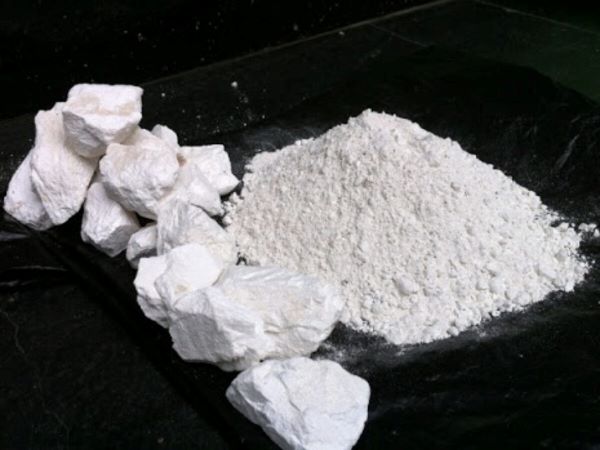
Some notes when purchasing ultrafine limestone powder
- Fineness and particle size: Prioritize products with uniform particle size and fineness suitable for the intended use (paint, plastics, animal feed, etc.).
- CaCO₃ content: Choose products with high calcium carbonate content (above 98%) to ensure stability and application efficiency.
- Whiteness: The higher the whiteness, the better the quality of the final product, which is especially important in the paint, plastics, and paper industries.
- Raw material origin: Prefer limestone powder sourced from high-quality quarries with low impurities and rich in minerals.
- Quality certification: Products should have clear testing and meet domestic or international technical standards.
- Reputable supplier: Select suppliers with experience, stable supply capability, and good after-sales service.
Ultrafine limestone powder is a versatile material, playing an important role in many modern industries from improving the quality of paints, plastics, and paper to applications in agriculture and animal husbandry. This powder not only helps optimize costs but also enhances production efficiency. Therefore, if you are wondering what is ultrafine limestone powder used for, the answer is: it is an essential component that contributes to sustainable value across various production sectors.
